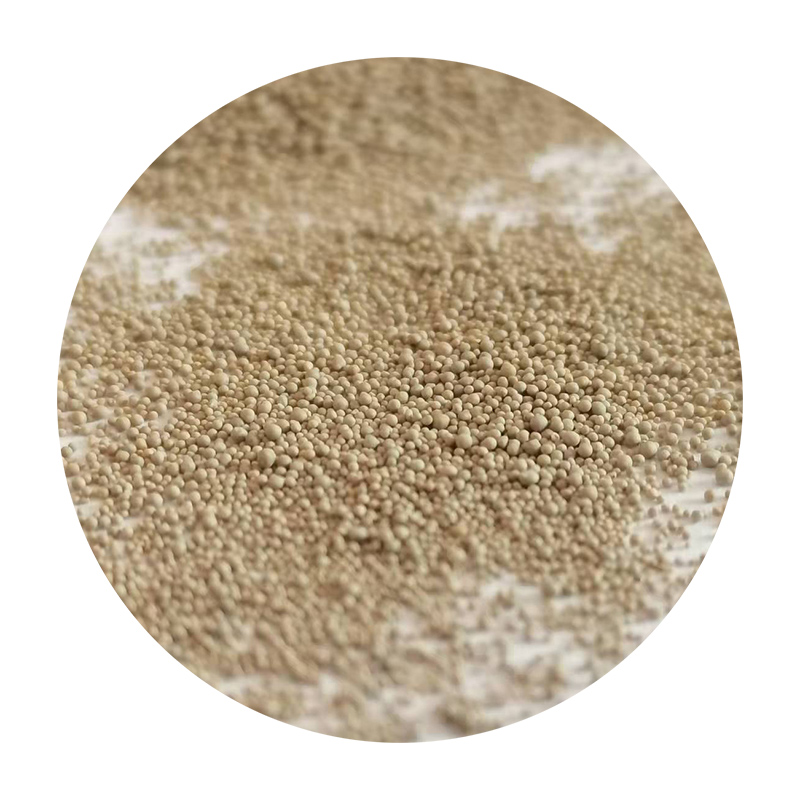Sand casting, a timeless and versatile manufacturing process, is primarily utilized to create a wide range of metal components. This method involves the use of sand as the primary material for creating molds, which are then used to shape molten metal into desired products. Its popularity stems from its adaptability to various metals, the complexity of shapes it can produce, and its cost-effectiveness compared to other casting methods.
One of the most common applications of sand casting is in the automotive industry. Manufacturers often produce engine blocks, transmission cases, and other components using this technique. The ability to cast intricate designs and robust parts makes sand casting an ideal choice for creating durable automotive components that can withstand high temperatures and mechanical stress.
In addition to automotive parts, sand casting is widely used in the production of industrial machinery and equipment. Components such as pump housings, valve bodies, and turbine casings are often produced using this method. The strength and reliability of sand-cast parts make them suitable for various industrial applications, from petroleum extraction to power generation.
Another significant use of sand casting is found in the aerospace industry. Critical components such as landing gear and structural parts are often created through sand casting due to the method’s ability to produce lightweight and high-strength items. The aerospace sector demands precision and quality, and sand casting offers the capability to meet these stringent requirements.
what is sand casting used to make

Moreover, sand casting is prominently utilized in the construction industry. Architectural elements such as decorative facades, intricate brackets, and custom sculptures are frequently created through this process. The versatility of sand casting allows artisans and manufacturers to bring creative designs to life while maintaining structural integrity.
In the realm of art and sculpture, sand casting has also found its niche
. Artists often employ this method to create bronze sculptures and artistic pieces, taking advantage of the freedom it provides in forming complex designs that might be challenging with other methods.Beyond these industries, sand casting is valuable for prototyping and small batch production. Engineers and designers often opt for sand casting to create prototypes of new designs, allowing for testing and modifications before larger-scale production.
In conclusion, sand casting is an indispensable method used to manufacture various components across multiple industries, including automotive, aerospace, industrial machinery, construction, and art. Its ability to produce complex shapes and durable parts efficiently makes it a favored choice among manufacturers, ensuring its relevance in modern production processes. As industries continue to evolve, the techniques and applications of sand casting will likely advance, further solidifying its importance in manufacturing.
Post time:lis . 12, 2024 23:21
Next:Cerabeads ဆားသွင်းခြင်းနှင့် သက်ဆိုင်သော အချက်အလက်များ
